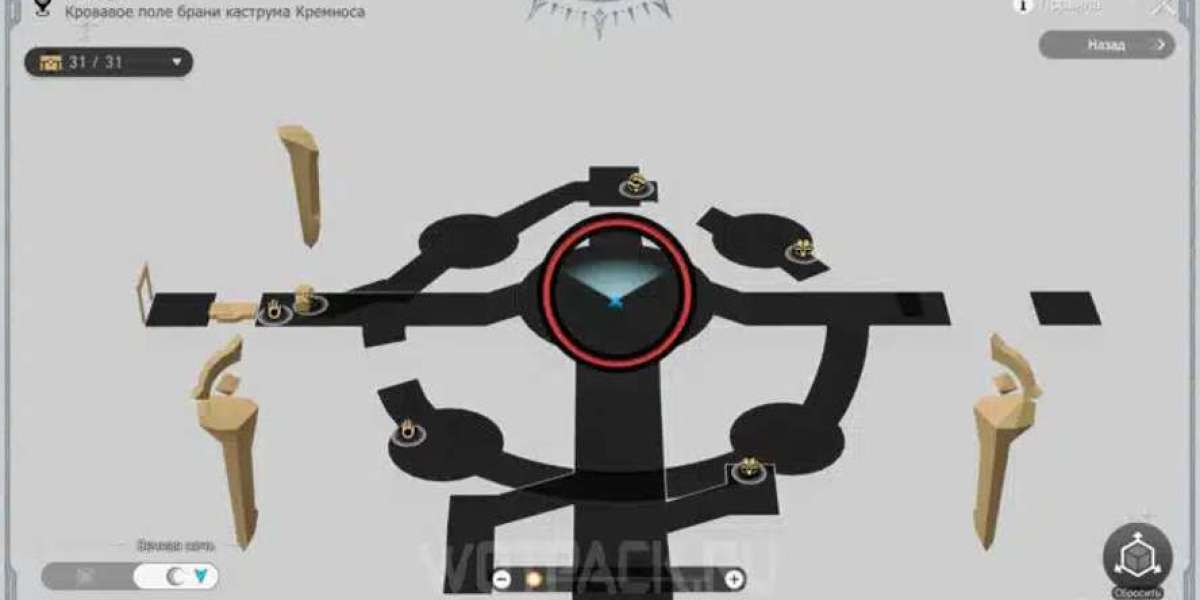The 3D sensors market has emerged as a critical enabler of modern technology, playing a central role in areas like autonomous vehicles, smartphones, industrial automation, healthcare devices, and augmented reality (AR). However, despite its promising outlook and diverse application potential, the market continues to face several barriers that restrict its full-scale adoption and development. These limitations stem from technological constraints, cost-related factors, market fragmentation, and evolving legal landscapes. This article explores the primary barriers currently affecting the global 3D sensors market and how they shape its growth trajectory.
1. High Costs Limiting Accessibility
One of the most significant barriers to widespread 3D sensor adoption is the high cost of technology. Precision, accuracy, and reliability in depth-sensing come at a price, particularly when using advanced technologies like LiDAR and time-of-flight (ToF) sensors.
Component Expenses: The core components—optical modules, laser diodes, image processors—are costly to manufacture and source.
R&D and Customization: Developing tailored solutions for different applications (e.g., automotive vs. mobile) increases development time and cost.
Price Sensitivity: In mass-market products such as mid-range smartphones or consumer appliances, the cost-to-benefit ratio of 3D sensors may not yet justify inclusion.
This financial burden discourages many manufacturers, particularly in emerging markets, from integrating 3D sensor technology into their products.
2. Technical Integration Challenges
Deploying 3D sensors often requires complex technical integration, which can delay implementation or increase project risk.
Size Constraints: Integrating sensors into compact devices without sacrificing functionality demands careful design and innovation.
Hardware-Software Compatibility: Ensuring the 3D sensor works seamlessly with processors, operating systems, and other components is a major hurdle.
Environmental Sensitivity: Performance can be affected by lighting conditions, temperature, or surface reflectivity, especially in outdoor or industrial settings.
These challenges raise barriers for companies without dedicated engineering teams or resources for extensive system testing.
3. High Power Consumption and Limited Efficiency
Many 3D sensors require a significant amount of power, particularly in applications that demand continuous or real-time scanning.
Battery Drain: Devices like smartphones, smart glasses, and drones face reduced operational times due to sensor power consumption.
Thermal Issues: Power-hungry components may generate heat, affecting device performance and user safety.
The need for low-power, high-efficiency designs is growing, but remains an unresolved issue in many segments, especially in mobile and wearable electronics.
4. Data Processing and Storage Constraints
3D sensors produce large volumes of spatial and visual data, requiring advanced systems to manage processing, transmission, and storage.
Computational Demands: Real-time data interpretation often requires dedicated processors or AI acceleration hardware.
Storage Infrastructure: Continuous 3D mapping, such as in autonomous vehicles or surveillance, needs extensive data storage and transfer capabilities.
Latency Issues: In mission-critical systems, any delay in data processing can lead to performance degradation or safety risks.
These barriers increase system complexity and total cost of ownership, especially in bandwidth-limited or resource-constrained environments.
5. Regulatory and Legal Uncertainty
With the rise of facial recognition and biometric scanning, regulatory frameworks surrounding the use of 3D sensors are becoming more stringent.
Privacy Regulations: Collecting 3D data of individuals, especially facial or behavioral information, may violate privacy laws in various countries.
Lack of Global Standards: Without consistent guidelines across regions, companies must navigate a patchwork of compliance requirements.
Product Liability: In autonomous systems, improper depth sensing can lead to accidents, increasing the legal risk and insurance burden.
These legal and regulatory uncertainties can delay product launches and restrict market entry in specific geographic regions.
6. Fragmented Market and Lack of Standardization
The 3D sensors ecosystem is highly fragmented, with different manufacturers offering proprietary systems that lack interoperability.
No Universal Protocols: The absence of standardized communication protocols or hardware specifications hinders cross-platform compatibility.
Vendor Lock-In: Customers are often tied to specific suppliers, reducing flexibility and discouraging experimentation.
Limited Ecosystem Support: Developers may find it difficult to create universal applications or integrations due to inconsistent sensor interfaces.
Market fragmentation leads to inefficiencies and increases the time and resources needed to bring new solutions to market.
7. Competition From Alternative Technologies
In some applications, 2D sensors, radar, or ultrasonic sensors may be sufficient or even preferred due to their lower cost and simplicity.
Adequate Alternatives: For many basic object detection tasks, 2D vision or proximity sensors provide acceptable performance.
Resistance to Change: Companies accustomed to existing systems may be reluctant to shift to 3D technologies unless there is a clear advantage.
This competition slows adoption in sectors that prioritize cost and reliability over advanced features.
Conclusion
The 3D sensors market, while rich with opportunity, is not without its challenges. Barriers such as high costs, complex integration, power demands, data overload, and regulatory uncertainty continue to limit the full-scale adoption of these technologies. Overcoming these obstacles requires collaboration between manufacturers, software developers, policymakers, and end-users. Only through continued innovation, cost optimization, and standardized frameworks can the 3D sensors market overcome these barriers and fulfill its potential across industries worldwide.






